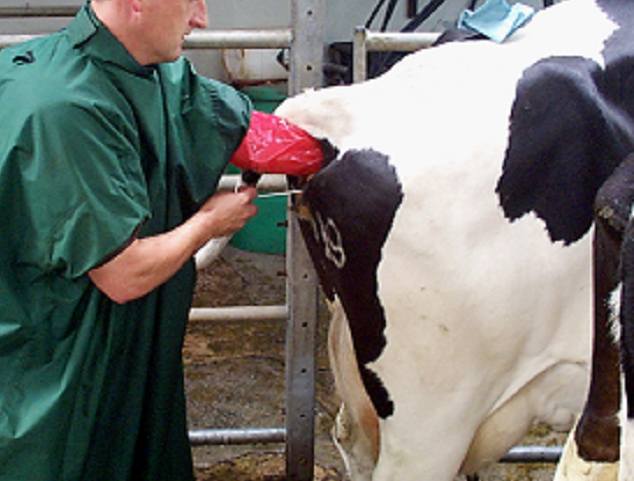
The Sunday News

Mhlupheki Dube
INDICATIONS are that there is a move by both Government and private sector players to roll out a significantly big artificial insemination (AI) programme for smallholder communal beef farmers.
The programme is aimed at providing relatively cheaper method of breed improvement among smallholder farmers. It is significant to note that the programme is going into the beef production sector, a relatively uncharted arena as artificial insemination is commonly practiced by dairy farmers.
I wish to applaud this effort by Government and its partners at the same time sharing lessons which could be useful to the programme implementers. Suffice to say AI has been tried by a few other players in the beef sector with very minimum level of success but with a lot of lessons that can be used to design more effective models.
I have been involved with one such programme in some districts of Matabeleland North. The first and most important aspect which should be considered by programme implementers is to strictly adhere to the dictates of the breeding equation.
This equation emphasises about four issues that need to be considered when conducting AI. One such issue is the nutritional status of the animal which also has a bearing on its body condition score. Is the animal on a rising or declining plane of nutrition?
If the plane of nutrition is declining, do not inseminate as the animal is most likely moving towards shutting its ovarian processes. The other three issues are the health status of the cow, the efficiency of the inseminator and quality of the semen.
These are also important because a cow with some reproductive disease such as contagious abortion will not do well on AI while an inseminator who is not properly skilled and experienced may lack the precision and accuracy needed to deposit the semen at the correct place.
If the semen is not sourced from reputable suppliers you could be inseminating with dead or unviable semen and the results are not difficult to predict. However, other than the above-mentioned issues another important factor which I picked from my own participation in AI programme relates to the nature of the protocols used for AI.
Protocols in this case refers to the actual method used and this is determined by the hormonal combinations used.
Some protocols such as the heat detection protocol present challenges to the farmer as most farmers are unable to detect standing heat which is the right time to inseminate. Also in most cows standing oestrous occurs at night hence presenting a challenge for detection as well as inseminating.
Some timed protocols can be used and these predict when each action can be done until insemination.
These are more accurate and with better results and obviously expensive. Then the most critical and problematic logistical AI issue in communal areas is the seclusion facilities. There are no facilities to separate the AI cow from the local bulls and this becomes a serious problem when the cows have been heat synchronised and they are coming on heat. A bull detects heat earlier than a person and can service the cows before the inseminator does.
Therefore, for farmers that need to participate in AI, the ability to seclude your cows and keep them in pens away from the bulls during the specified periods should be a pre-requisite.
Actually a higher level of success in AI is realised in herds with no bulls. In herds running with bulls, the bull will pick the fertile animals first and by the time you want to inseminate you are most likely left with less fertile ones.
Another important issue is on return on heat after insemination. It is inevitable that some cows will come back on heat after first insemination and they have to be reinseminated. This presents logistical challenges if the facilities such as the nitrogen tank with semen as well as the inseminator are not locally based.
Imagine cows returning on heat on different days and time and you are the inseminator several kilometres away.
Finally, it is very important to begin initial inseminations based on natural heat rather than hormonally induced heat as this will make you certain that when the cow does not return on heat after insemination it will most likely be an indication of conception. However, if the initial heat was due to priming by hormones it may not return on heat naturally on its next cycle, not because of conception but because the cow is not cycling at the moment but only gave you the initial cycle due to hormones injected.
Uyabonga umntakaMaKhumalo.
Feedback [email protected]/ cell 0772851275.



